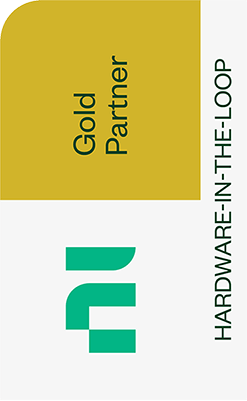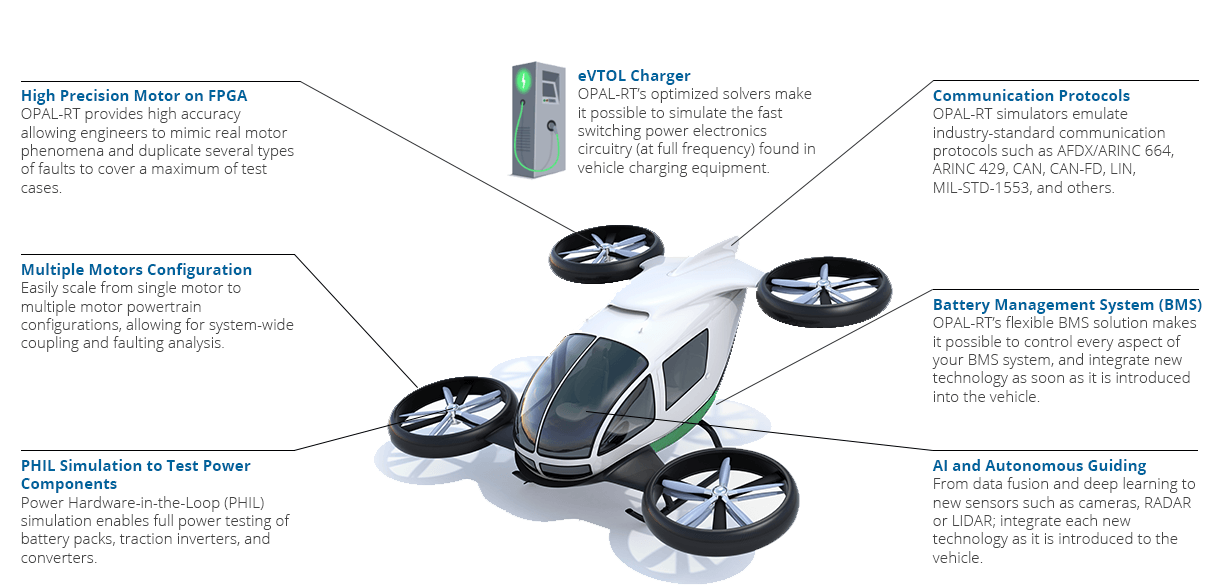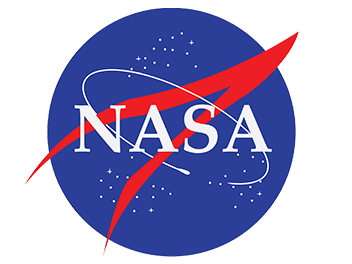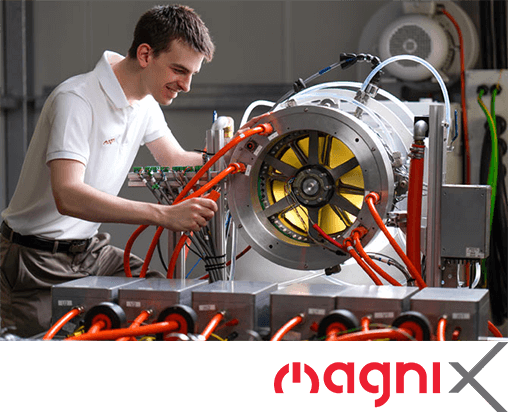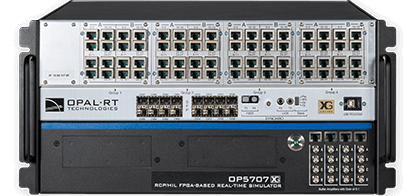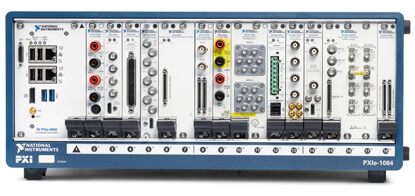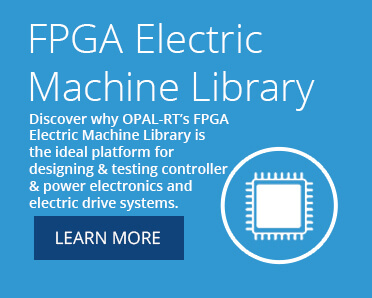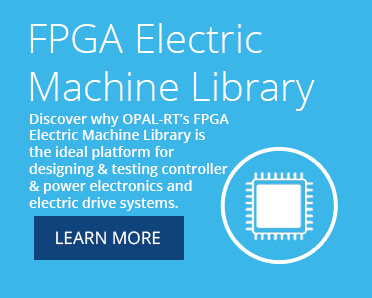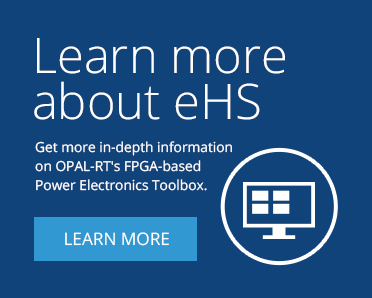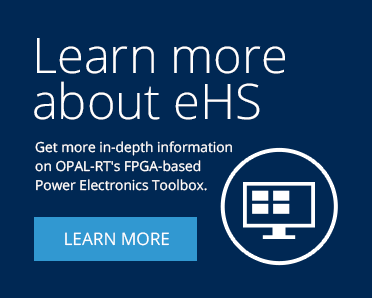Driving the Electrical Transportation Revolution
The pressing need for better, more eco-friendly mobility and more efficient electrical transportation brings a range of challenges to industry as they develop new, safer, and more affordable electrical aircraft. eVTOL is the future of air mobility, and OPAL-RT’s goal is to provide real-time simulation systems and expertise allowing engineers to address the two major factors currently affecting eVTOL product development: increasing system complexity and time from design to market.
For over 20 years, OPAL-RT has worked with major transportation manufacturers and emerging players in the testing and development of innovative technologies, allowing engineers to design, test, and validate their models, controllers, and components in real time . Now, it is time to leverage the next generation of electrical aircraft.


